ハンス・ホフマン (1880-1966)

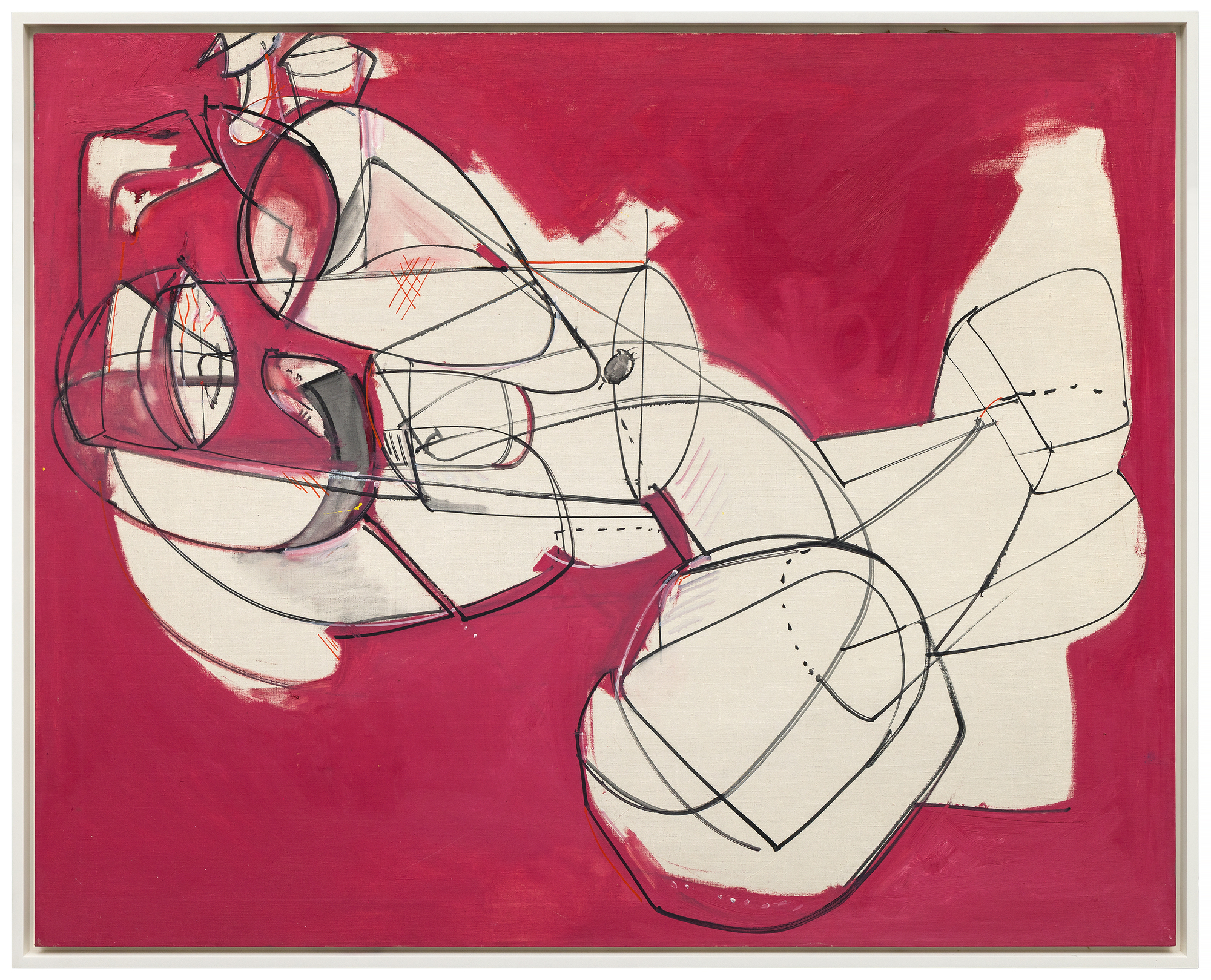
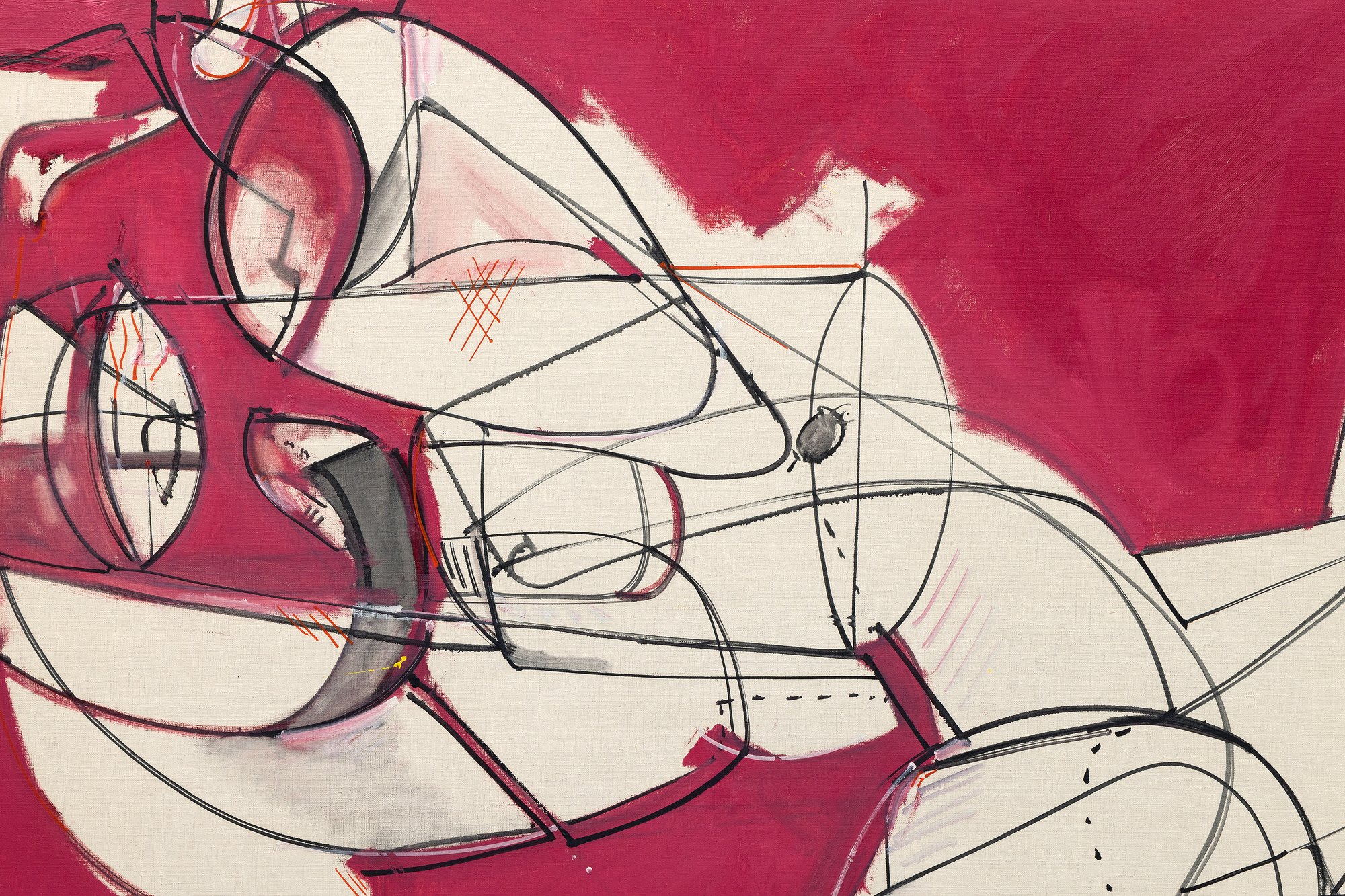
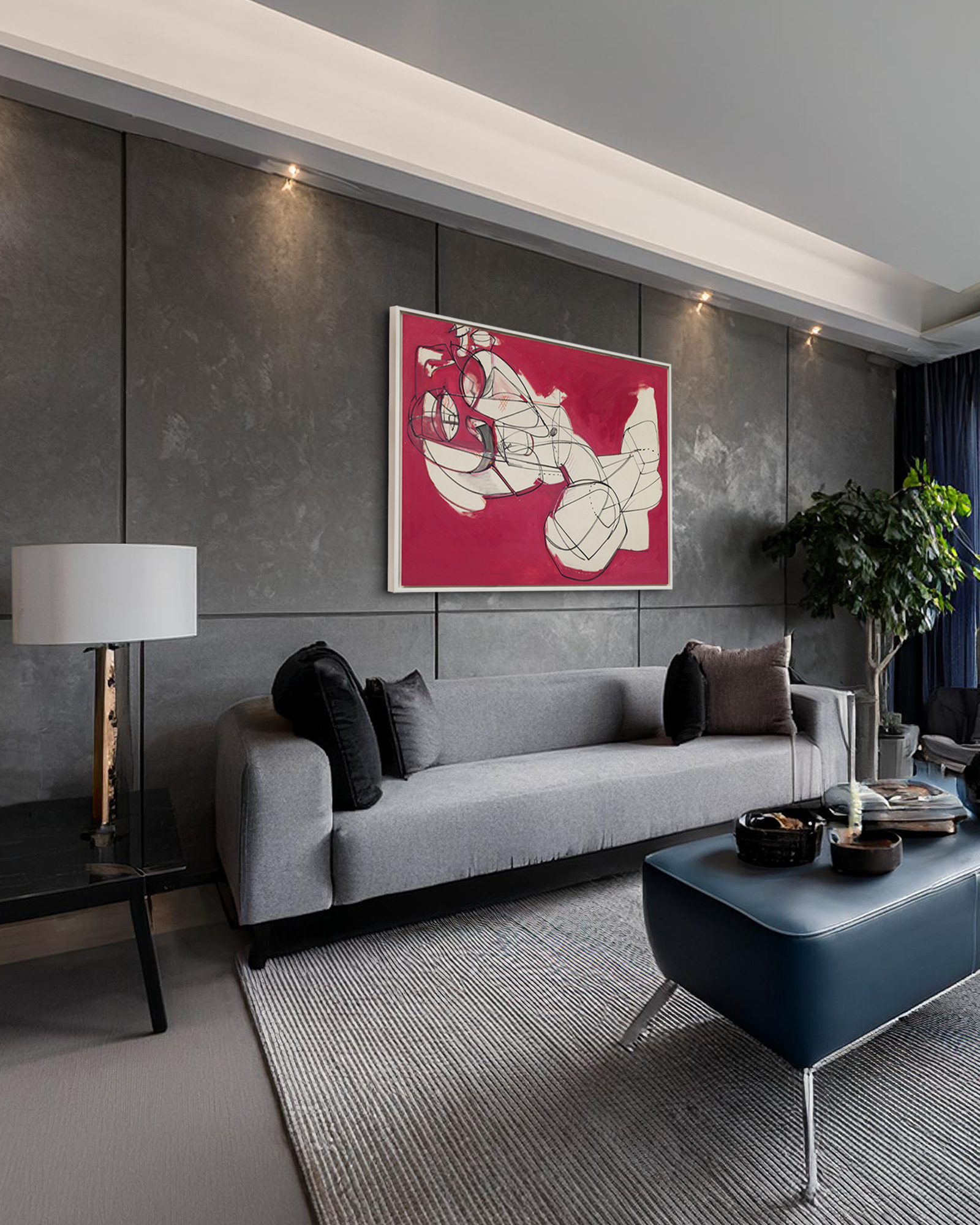
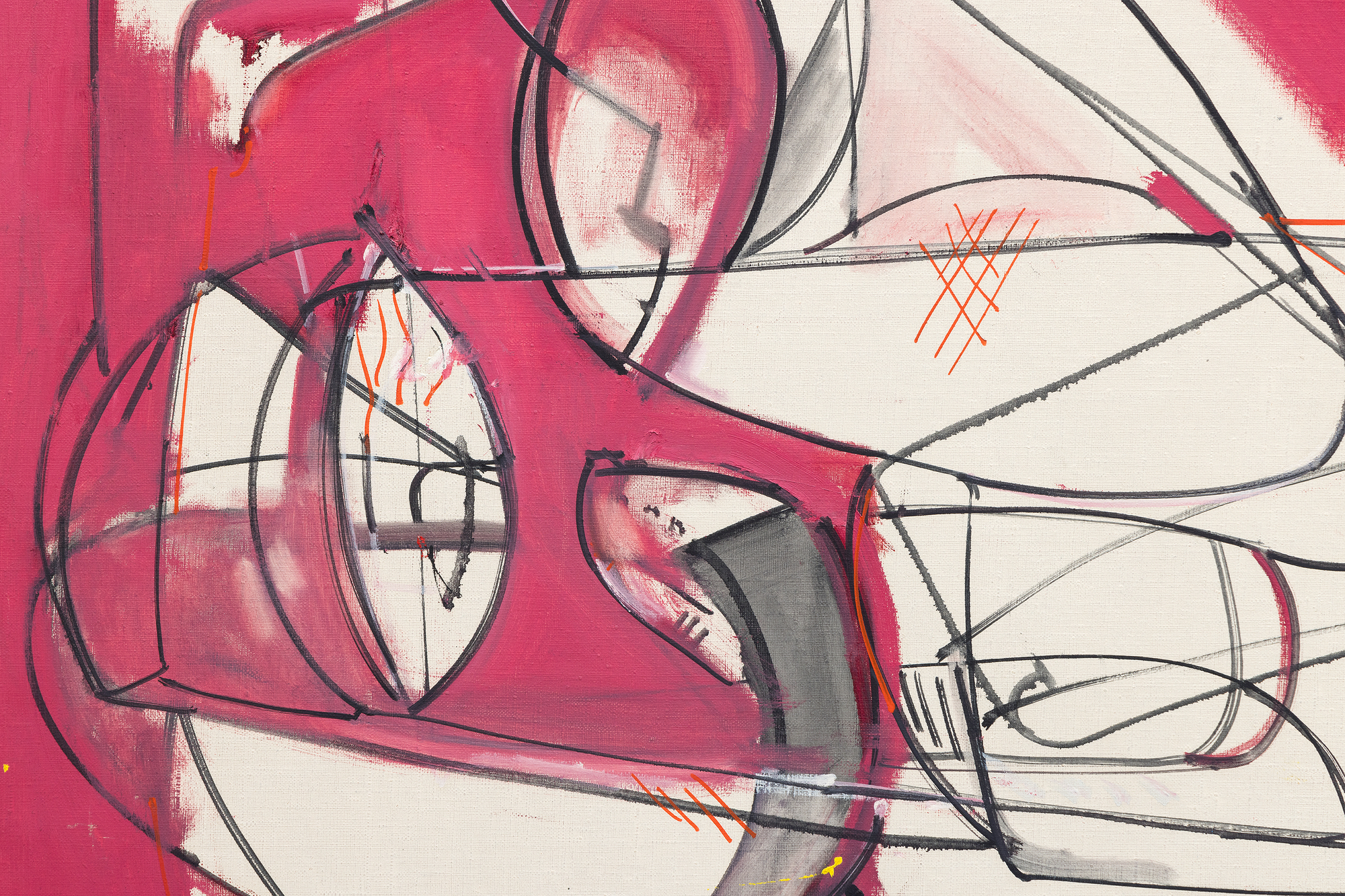
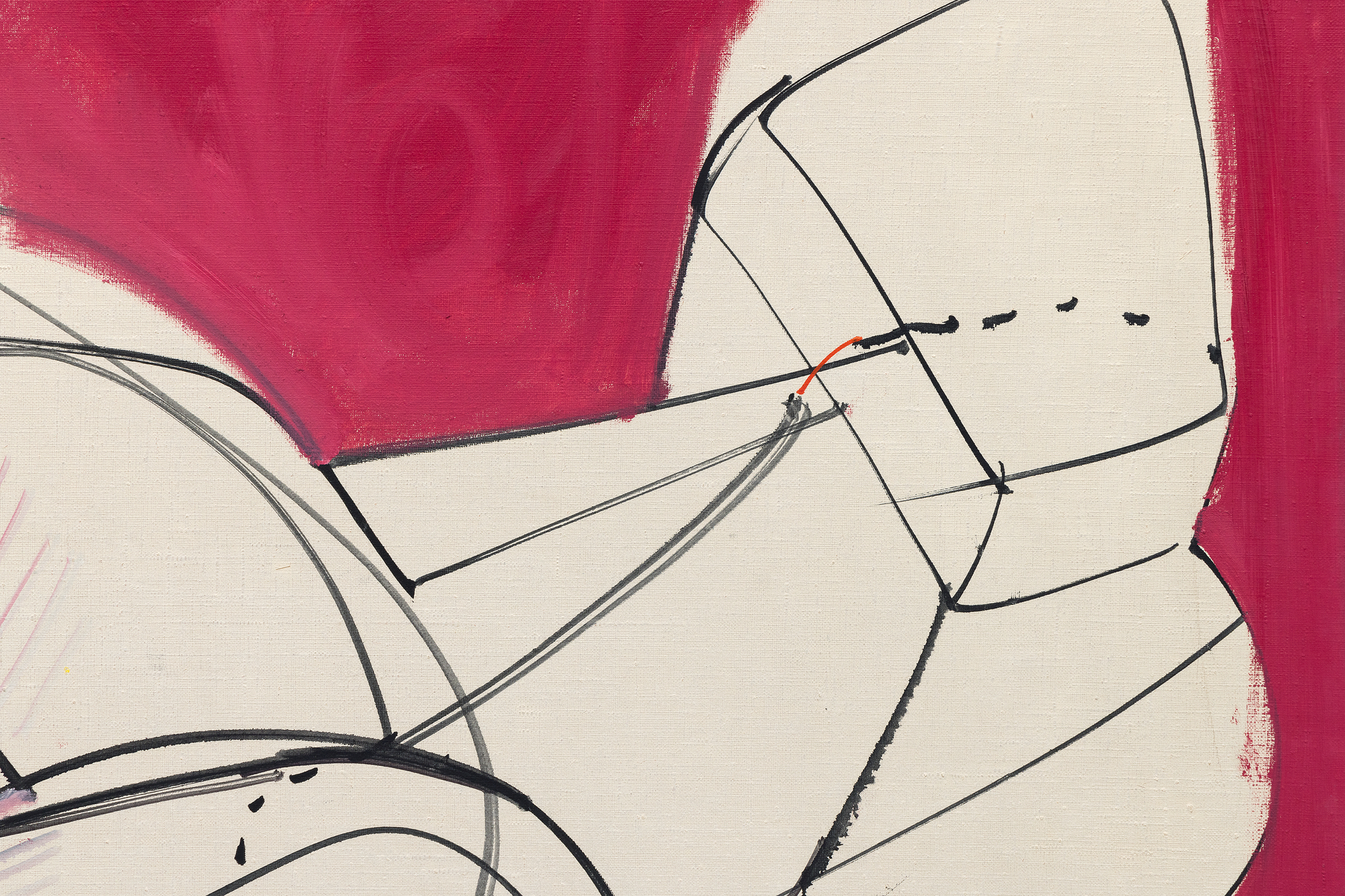
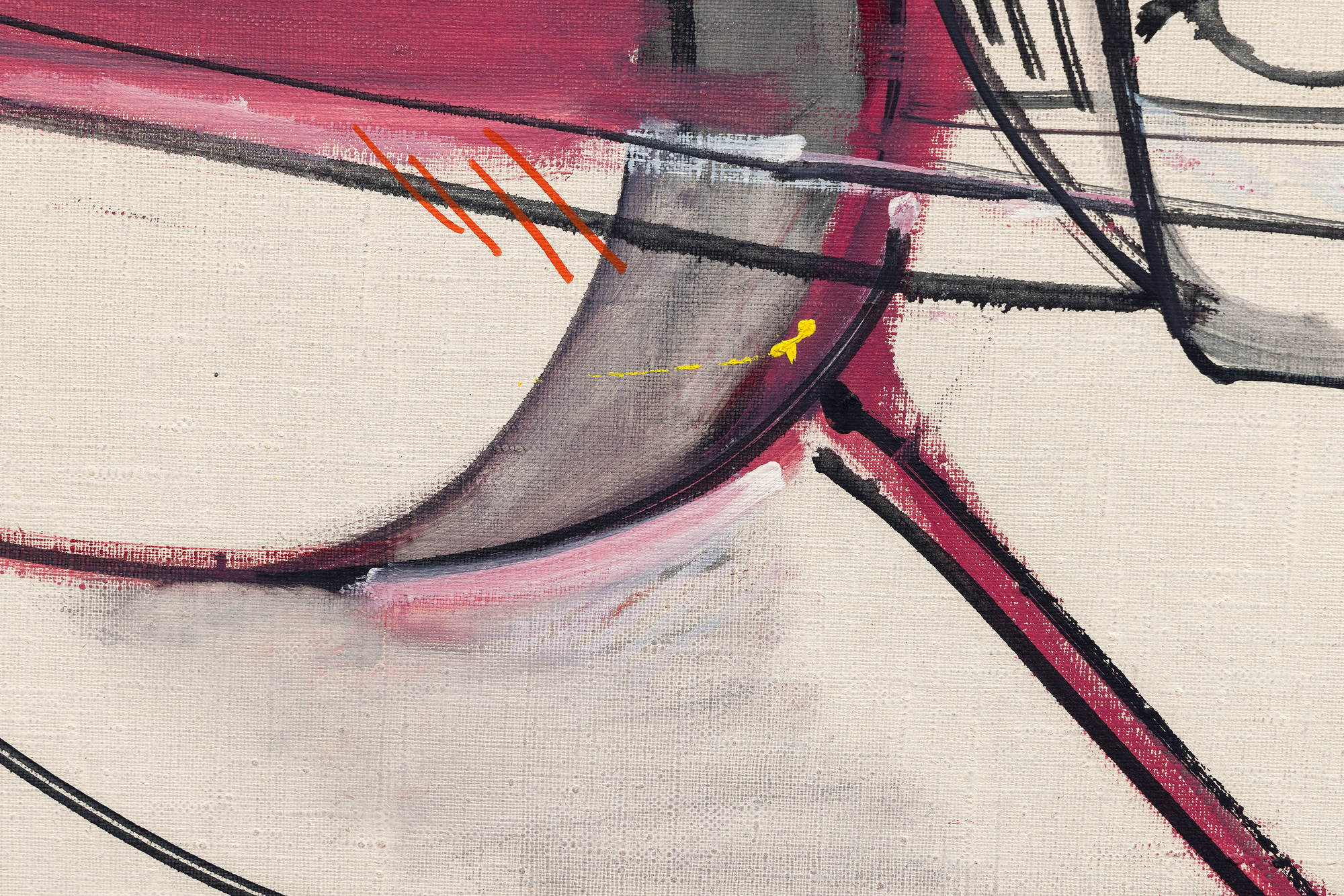



出所
アンドレ・エメリッヒ・ギャラリー(ニューヨーク、ニューヨークハンス・ホフマンの遺産
Ameringer & Yohe Fine Art(ニューヨーク、ニューヨーク
プライベート・コレクション、ニュージャージー
展示会
ニューヨーク、ニューヨーク、ベティ・パーソンズ・ギャラリー、ハンス・ホフマン:近作、1947年3月24日~4月12日ニューヨーク、ニューヨーク、アメリカン・アカデミー・オブ・アーツ・アンド・レターズ、ハンス・ホフマン、1971年
カナダ、トロント、デヴィッド・ミルヴィッシュ・ギャラリー、「ハンス・ホフマン:30年代から60年代」、1972年4月15日~5月23日
ニューヨーク、アンドレ・エメリッヒ・ギャラリー、「ハンス・ホフマン、1947-1952年」、4月...もっとその。。。1976年3月~28日
ニューヨーク、アメリンガー・ヨーエ「ハンス・ホフマン:臆面もない無意識;ホフマンとシュルレアリスムについての考察」2006年3月30日~4月29日
文学
Cynthia Goodman, Hofmann: Abbeville Modern Masters, New York, 1986, pl.Jed Perl, Hans Hofmann, The Unabashed Unconscious:Reflections on Hofmann and Surrealism, New York, 2006, p. 37 (illustrated in color)
Suzi Villiger, Hans Hofmann: Catalogue raisonne of painting, volume II, Surrey, 2014, HH cat. No.
...少ない。。。 価格625,000
この時期、ホフマンの直線性への依存は、以前の作品のより流動的で絵画的なダイナミズムとは一線を画していた。1944年から1951年まで、この直線的な衝動は彼の実践に浸透し、抽象と構造の調和に取り組む表現方法の長期的な探求を示唆していた。この時期を、アメリカ美術の世界的隆盛を決定づけたエネルギッシュな躍進からの後退と見る向きもあれば、これらの絵画の独自性を認める向きもある。Astral Image #1は、ホフマンの特異なビジョンの枠組みに挑戦し、キュビスムの規律と、彼の作品の特徴であり続けた活気に満ちた、手に負えないエネルギーを融合させた。
この作品の鮮やかなアリザリン・クリムゾンの平面は、線の角張った勢いと対照的で、落ち着きのないエネルギーの宇宙を想起させ、タイトルが示唆する天体のテーマを暗示している。この絵画は、1940年代後半にホフマンが意図的に行った探求を反映しており、安易なカテゴライズに抵抗し、形と色彩の深く個人的な探求として際立つ作品を生み出す彼のユニークな能力を際立たせている。


